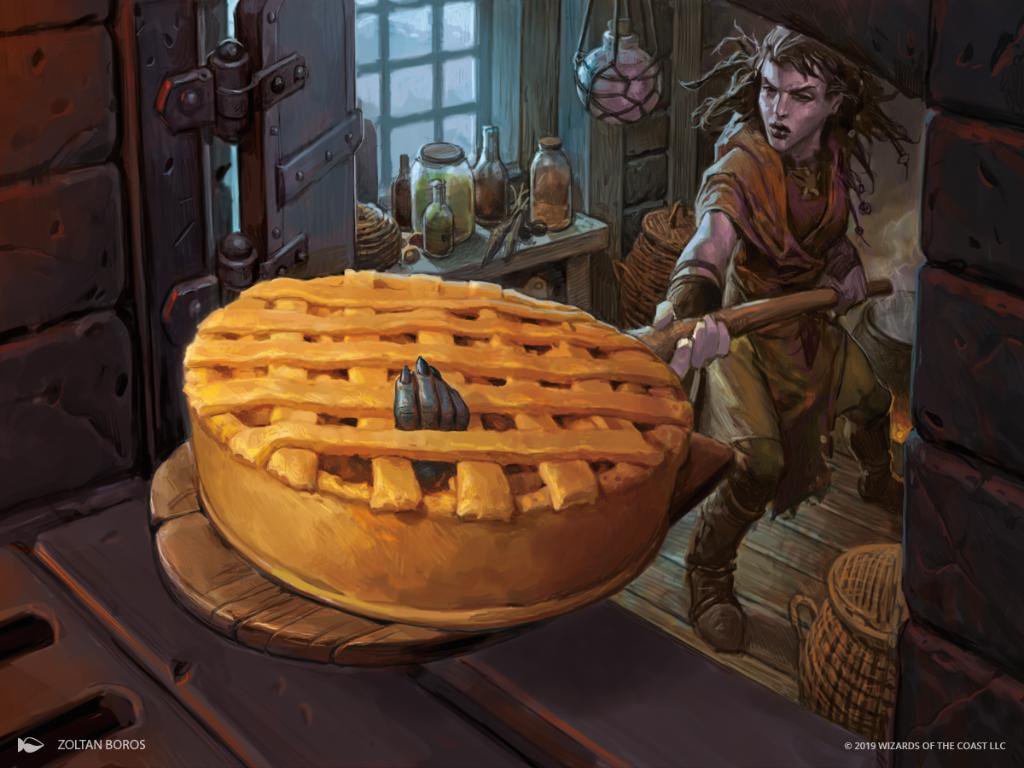Are you a Quiet Speculation member?
If not, now is a perfect time to join up! Our powerful tools, breaking-news analysis, and exclusive Discord channel will make sure you stay up to date and ahead of the curve.
The first lesson on Limited everyone learns from the denizens of their LGS is the value of BREAD. There are different interpretations regarding the tail-end of the acronym, but it always starts with bombs and removal. The advice says that we should first prioritize cards with game-warping power. This should surprise no one. The next best option is interaction. Removal has always been valuable in Limited for numerous reasons. It's always nice to have a flexible answer for whatever your opponent is throwing at you. Being less vulnerable to bombs, a fast start, evasive threats or even auras is always going to help you win. But in recent sets another popular phrase has emerged against BREAD: "removal is overrated."
In general, Magic: the Gathering has experienced a major design shift. Initially powerful instants defined the game. But in modern sets, creatures have usurped that throne. This paradigm shift might theoretically improve the standing of removal, considering that killing those creatures is more of a requirement. The problem, however, isn't just what those creatures do on the battlefield.
Too Much Value
More Than Just a Creature
At its core, a removal spell is a one-for-one answer that trades with the card it's hitting. When a creature draws a card when it enters the battlefield, or adds some other incremental value, the transaction leaves the creature's owner up the exchange. If the card provides value from the graveyard, destroying it feels horrible.
The problem with removal in the modern Limited environment is that so many creatures provide value the moment they enter the battlefield. The classic Doom Blade is a great answer to a card like Thorn Elemental. But now, the power and toughness a creature adds to the battlefield is only a fraction of the value these cards present. In a world of Inspiring Overseer, Lunarch Veteran, and Organ Hoarder removal spells only really deal with half of the card. New removal spells like Sleep with the Fishes and Banishing Slash are attempts to match the value of these creatures, but these options are few and far between.
All Threats Are Threats, Not All Answers Are Answers
Right Tool, Wrong Job?
All five of the keywords from Streets of New Capenna (SNC) punish removal. Connive and Alliance both provide value simply by the creature entering the battlefield. Blitz ensures the creature's death will net a card regardless of how it occurs. Casualty at instant speed can blow out any removal spell, but even at sorcery speed, it makes cards like Hold for Ransom and Sleep with the Fishes head to the sideboard. Shield counters make destroy and damage effects like Murder and Grisly Sigil awkward at best.
There was a time when a Pacifism was a high pick. It solved nearly any problem most creatures could cause. Now, it's a late pick at best, often residing in sideboards of most formats' best decks.
Shock or Lash of Malice are exactly what we want when dealing with aggressive threats, but later in the game, these cards feel useless as more powerful creatures hit the board. This tension has only increased with the printing of more and more pushed creatures at lower costs.
Proactive Game Pieces Define Limited
Be. Aggressive. B.E. Aggressive
In recent sets, though not as much in SNC, one-drops have become more playable. Two-drops, as I wrote about last week, are critical game pieces in Limited. Because so many low-cost creatures are seeing play, a hand full of removal spells faces two major problems:
- It can be too slow to deal with an onslaught of early creatures
- When playing from behind, you're forced to use removal spells before you even see the larger threats your opponent might have.
We want our removal to be cheap and versatile, but those options are hard to come by. Murder is still fine, and the more efficient burn spells certainly get the job done, but the trend seems to be heading towards cards like Grisly Sigil and Make Disappear. These types of cards aren't the point-and-click removal of yesteryear, however. They require set-up and deck-building costs but are pretty effective options.
So... Removal is Bad?
No.
That is also wrong.
Like all cards, removal shouldn't be prioritized without deeper analysis. It should be a piece contributing towards the vision of the deck. If we're playing an aggressive deck, we need to ensure that we don't get stonewalled and if we're playing a slower deck we need to interact with aggressive plays. When I'm building Maestros control decks I want Strangle and Light 'em Up. If I'm applying pressure in UW, I want to have a couple copies of Run out of Town to finish the job. As a rule of thumb, slower more controlling decks need to have cheaper answers. Tempo decks can use more expensive cards to seal the victory.
But there are definitely other options as well. If an opponent jams up the ground and makes it hard to finish them off, I don't need to remove their blockers. Majestic Metamorphosis, the token half of Expendable Lackey, or Rooftop Nuisance can help me push lethal. Similarly, Backstreet Bruiser and Make Disappear can buy my slower decks the time they need.
Removal isn't the only way to interact with an opponent. And if you think about removal through the lens of "one form of interaction", you'll be evaluating it in a way that is more likely to help your deck. Yes, removal is still solid. But it's not just about the BREAD. It's about the roll.





